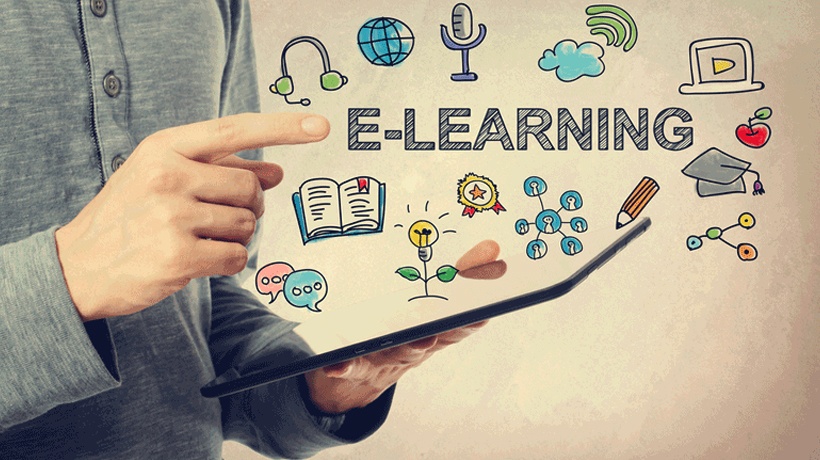eLearning Implementation And Sustainability
The new methods of implementing and sustaining eLearning arise because of the need for businesses to give training efficiently and quickly and to align with current digital trends, such as digital marketing, search engine optimization, and social media.
Strategic Planning
The bulk of implementing and sustaining eLearning in the workplace is based on strategic planning. In essence, strategic planning has two parts: the mission of the organization and the organization’s vision for the future. The mission statement is a definition of the steps the organization takes to reach a vision. The vision of an organization that positions itself as an eLearning organization needs to reinvent its training model to that of an eLearning training model.
This model covers learning architecture, knowledge management, learning culture, technology infrastructure, and a good business case. These factors are vital to sustaining eLearning in the long run because they institutionalize learning, use the support of technology, and connect business goals with learning. The combination of business goals with learning programs will make eLearning sustainable in the workplace.
Organizational Issues
A problem in moving through several stages of technological maturity in an organization and sustaining eLearning is the commitment to mix change management, strong leadership, a tightly networked electronic technology infrastructure, and organizational structures that have goals placed in the mission and vision of an organization.
Training and knowledge management need to be considered as a central business process. Organizations need to be flexible and agile enough to change with changing outside factors. Due to this, training and knowledge are very important for the survival and growth of an organization.
From the viewpoint of the organization, this translates into creating a plan that includes training and management of knowledge as important components that generate results required for business goals. Institutionalizing learning is very crucial here.
eLearning Development
eLearning could be defined as the utilization of digital media, computers, and internet technology to provide learning or training solutions that enhance knowledge and performance. The two main benefits of eLearning are that it caters to the individual needs of a learner through real-time and individualized learning.
There is a unique difference between traditional training, eLearning, and historical distance education models. Learning materials in traditional trainings are often out of date before they are even implemented into their functional phase. Traditional delivery models are usually, costly and hamper workplace productivity, and sometimes require travel expenses.
eLearning development can be divided into several stages. The first stage is that the organization supports distance learning events every now and then. In the second stage, the organization has ample technological capacity to support distance learning. It is also characterized by an interdisciplinary team that responds to inquiries about distance learning. In the third stage, the organization has established a distance learning policy such that a stable, as well as a predictable, process is in place for identifying and selecting technology for distance training. Finally, in the fourth stage, distance learning is institutionalized in the organization. Distance learning policy and communication are all aligned so that business objectives are addressed.
More Components Of Implementing And Sustaining eLearning
The change from traditional models to eLearning needs strong leadership. Strong leaders must be able to make and articulate the vision for change, create change, and maneuver eLearning through its developmental process. This might entail having a survey of the environment, acquiring funding, overcoming barriers, recruiting, as well as retaining the right staff.
Change management is also another key component in sustaining eLearning in an organization. In order to reach a certain level of technological maturity, an organization needs to implement a change management approach that builds a learning culture, selects champions, and gives way to communication channels to promote the initiative.
The technology infrastructure of an organization is also a key component for implementing and sustaining eLearning. Technology infrastructure is more than just hardware and software. It is the foundation that incorporates organizational culture, activities, values, and structures that support eLearning. The IT department is mainly responsible for building and supporting the technical aspects of access, platform selection, speed of connectivity, integration, as well as the compatibility of the technology infrastructure.









